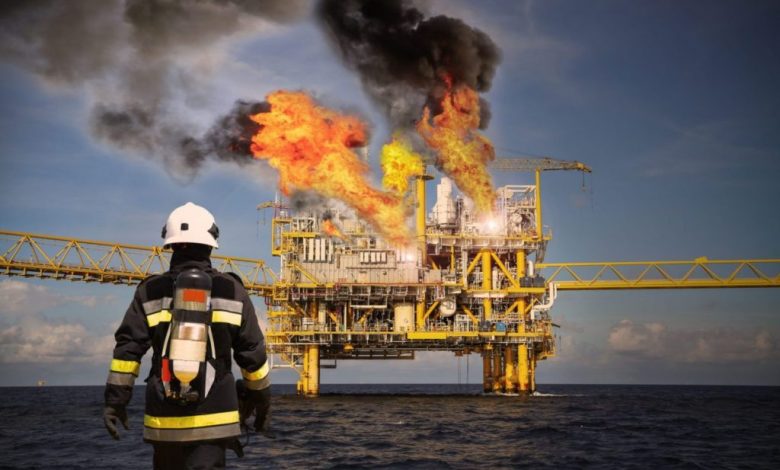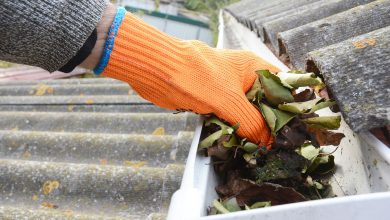
Industrial workers are only safe from potential hazards when you are home. Potential threats and health damages lurk around their necks for as long as they are working. The story is all the same for workers in the oil and gas industries. Products and chemicals used in these industries are corrosive, toxic, and even worse. Without PPE, these individuals are always exposed to hazards. This article will discuss safety equipment for the oil and gas industry that can protect workers from coming in contact with toxic materials. Keep scrolling to know more!
Safety equipment for the oil and gas industry:
Industrialists should always provide their employees with personal protective equipment (PPE) to ensure their safety. Safety equipment required at oil and gas sites is diverse, and we will discuss each type in this piece. Let us dive into these types without any further ado!
1. Head protection:
The occupational safety and health administration (OSHA) expect the industrialists to ensure PPE availability at worksites. Head protection is necessary when working in the oil and gas industry. There is a potential threat of falling heavy objects, overhead electric hazards, or fixed objects workers can bump their heads into. Protection against these hazards is impossible without wearing protective helmets and hard hats.
Due to these hazards in industries, the fatality rate is increasing, and employers should take note of it. They need to contact safety equipment suppliers to provide their workers with penetration protection.
2. Face protection:
The oil and gas industry requires employees to work in mines where flying objects and sharp particles can hit the face. Being a critical part, the face must be protected against such hazards. The best equipment for face protection is a face shield that is commonly used in different industries.
Face shields can protect the face from toxic chemicals and flying particles. Although these shields are not too good at protecting the entire face with eyes, they still protect the face from glare, toxic chemicals, and sparks. Filtered helmets with a face shield are also recommended to be used in such industries.
3. Protective eyewear:
Another safety piece of equipment on the PPE list for the oil and gas industry is protective eyewear. Eyes protection should not be overlooked while working with toxic chemicals, sparks, or flying particles. Apart from flying objects, workers are also exposed to hazards like molten metal, hazardous acid, and acidic liquids that can hit the eye.
Workers should wear safety glasses and goggles with side shields while working in such environments. Impermeable safety glasses are effective when individuals are working around acidic liquids, gases, or vapor hazards.
4. Hands protection:
The oil and gas industries often require workers to around hazardous chemicals or hard objects that can damage the skin and hands. Wearing safety gloves is necessary for employers and employees to work in exposed sites. Various types of safety gloves are available based on the task they are required for. Leather gloves, fabric gloves, and canvas gloves are commonly used in these industries.
When working with chemicals, neoprene and vinyl rubber gloves can protect hands from contact with these hazardous chemicals. Despite being protective, these gloves are vulnerable to tears and must be disposed of after one-time usage. Hazardous chemicals and heavy sharp objects can tear the gloves.
5. Respirators:
Respiratory protection is another major concern, and employers should not overlook it. The oil and gas industry often has a toxic atmosphere that can hurt lungs and other respiratory organs. It is best practice to use respirators while working in such environments. However, all employees must undergo medical before wearing a respirator to see if they can withstand the duration and use it safely.
It is not just wearing a respirator and going to work. Employers need to educate the workers about how to use it and how to maintain it. Without a proper training session, these respirators are hard to use. Are you looking to get your hands on modern-day safety equipment? Contact safety equipment suppliers in UAE today and place your order!
6. Feet protection:
There are chances that workers may step on sharp or warm objects, ending up hurting their feet. Apart from that, heavy objects may hit their toes and feet, causing serious damage to their health. The best way to protect against their hazards is to wear safety shoes. The oil and gas industry workers should also use these shoes to ensure their safety in harsh environmental conditions.
Electrical hazards, hazardous chemicals, and fall hazards can hit workers’ feet hard, and safety shoes can protect them. Since these boots are equipped with steel and impact-resistant toes, they are the best option to go to.
Ensure your workers’ safety at the worksite!
Industrialists should ensure the availability of safety equipment for their wokers. As employees work in harsh conditions, they are always susceptible to potential hazards. Provide safety equipment to them to make them safe!





